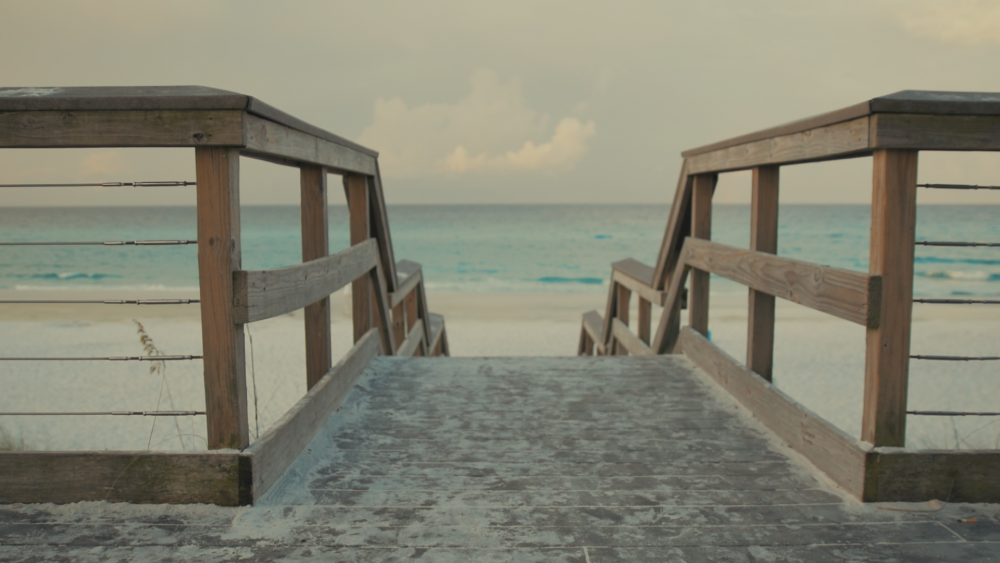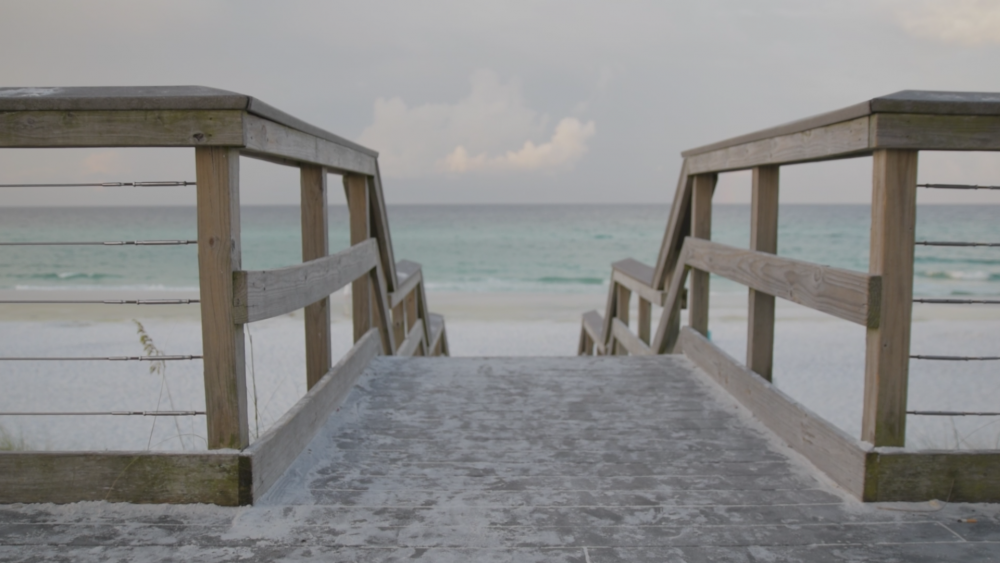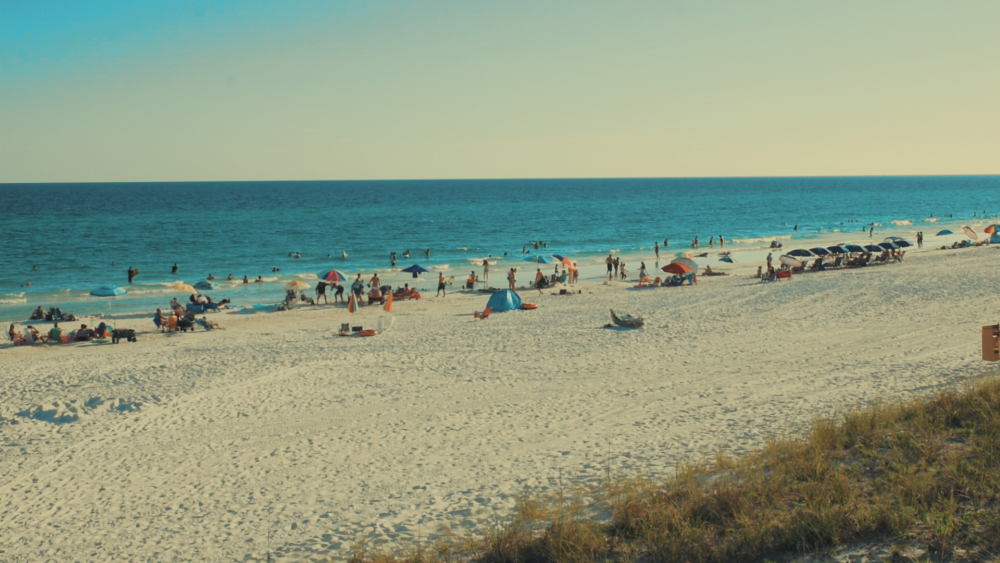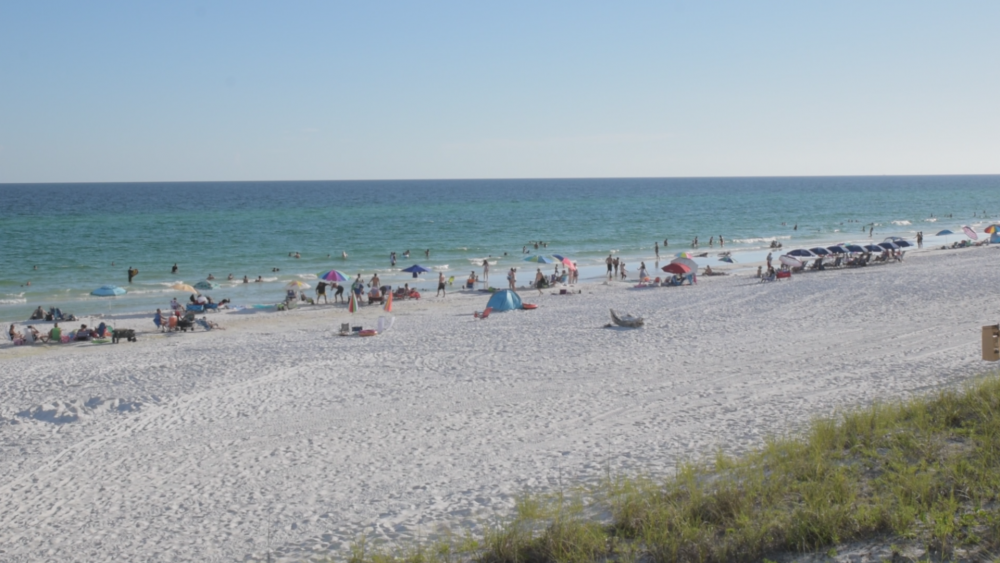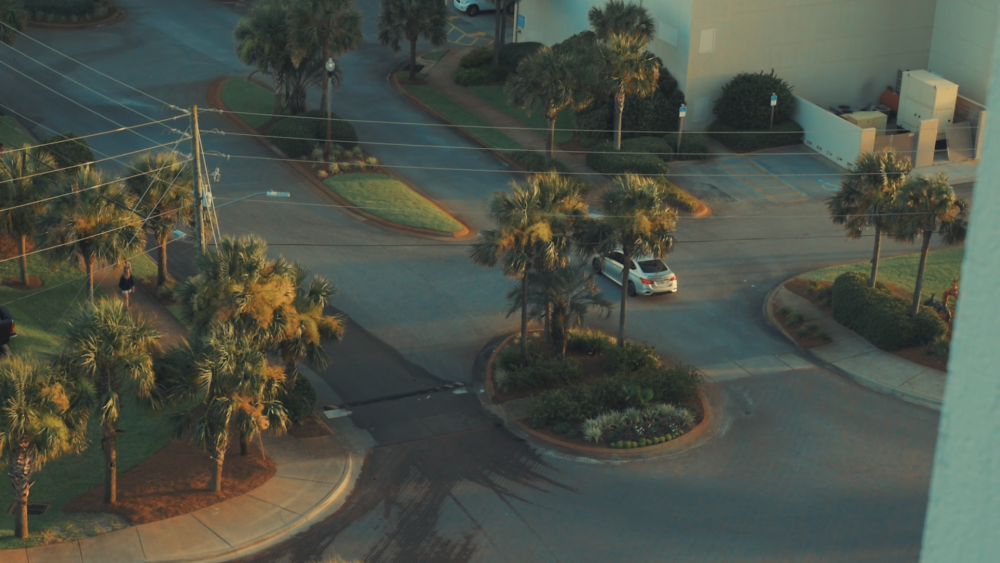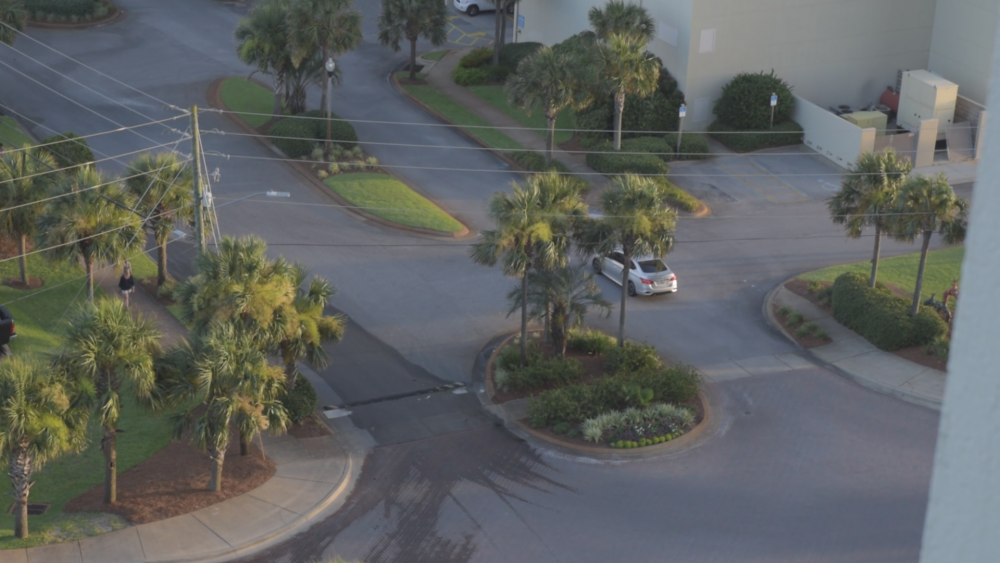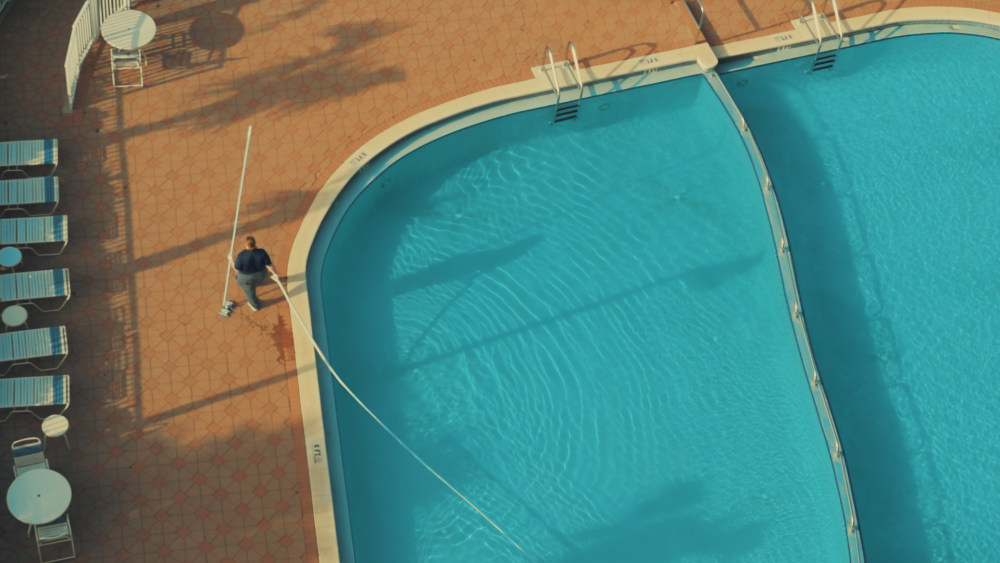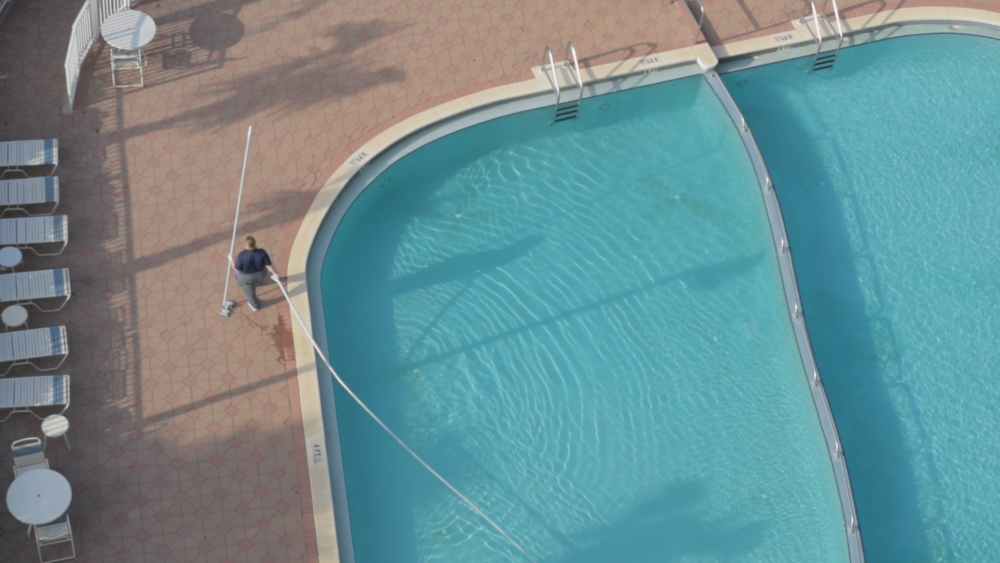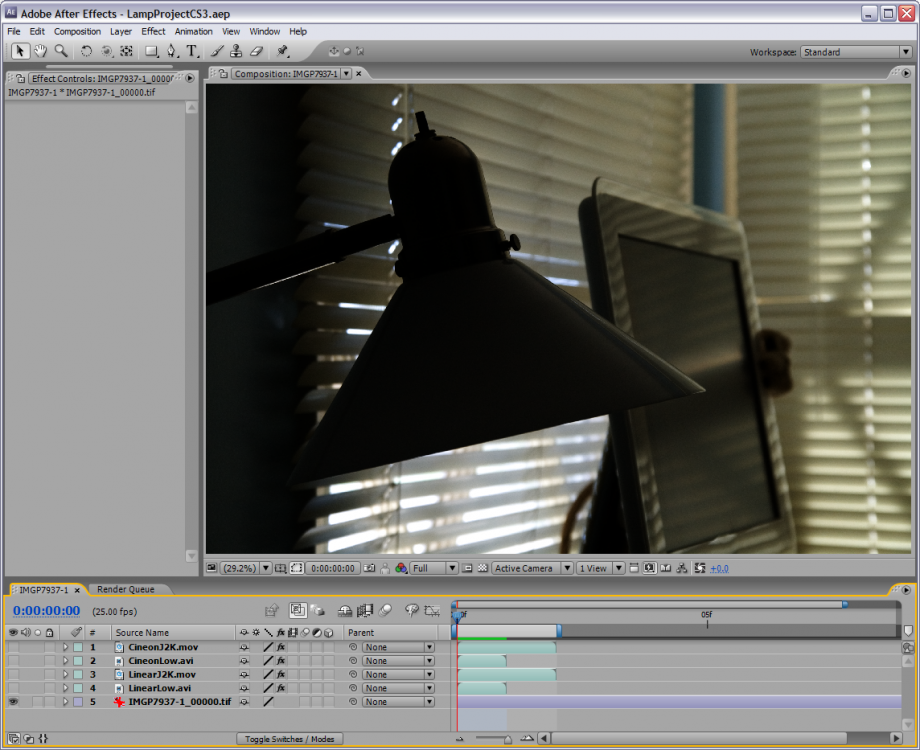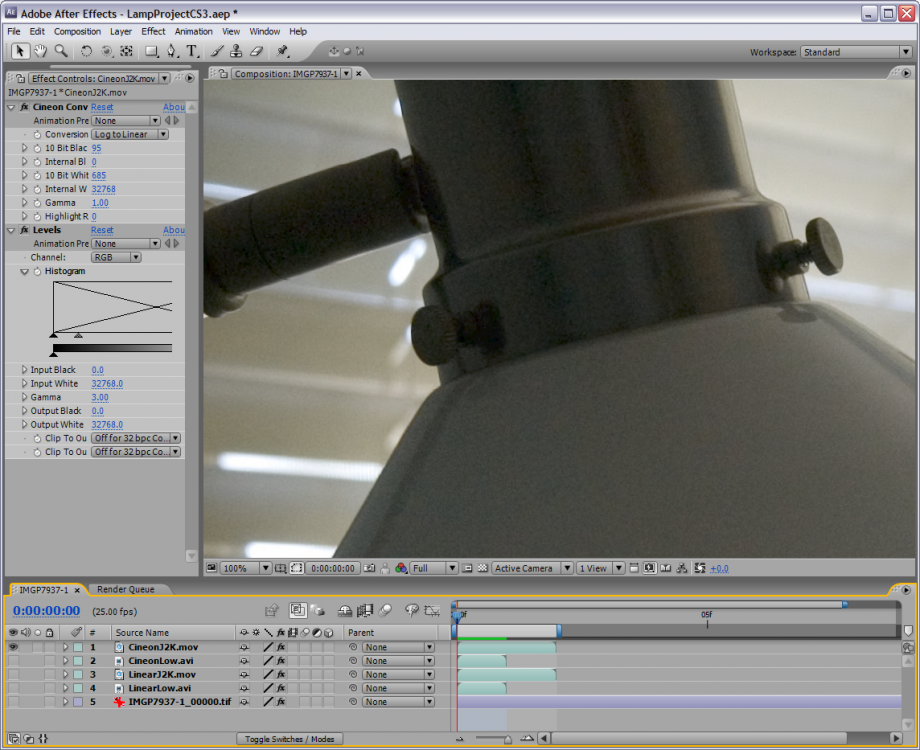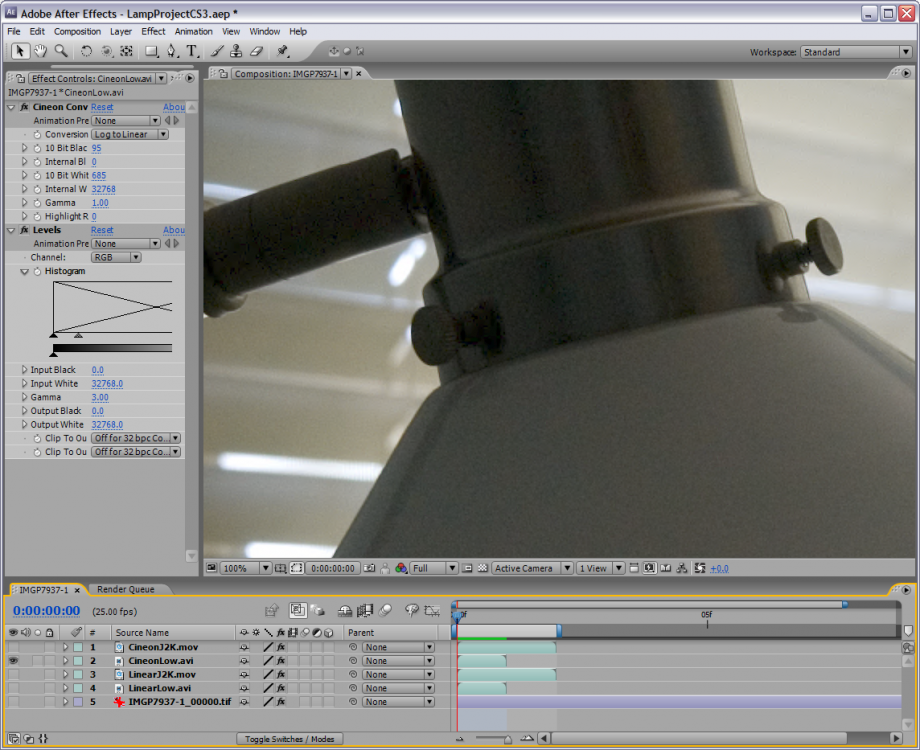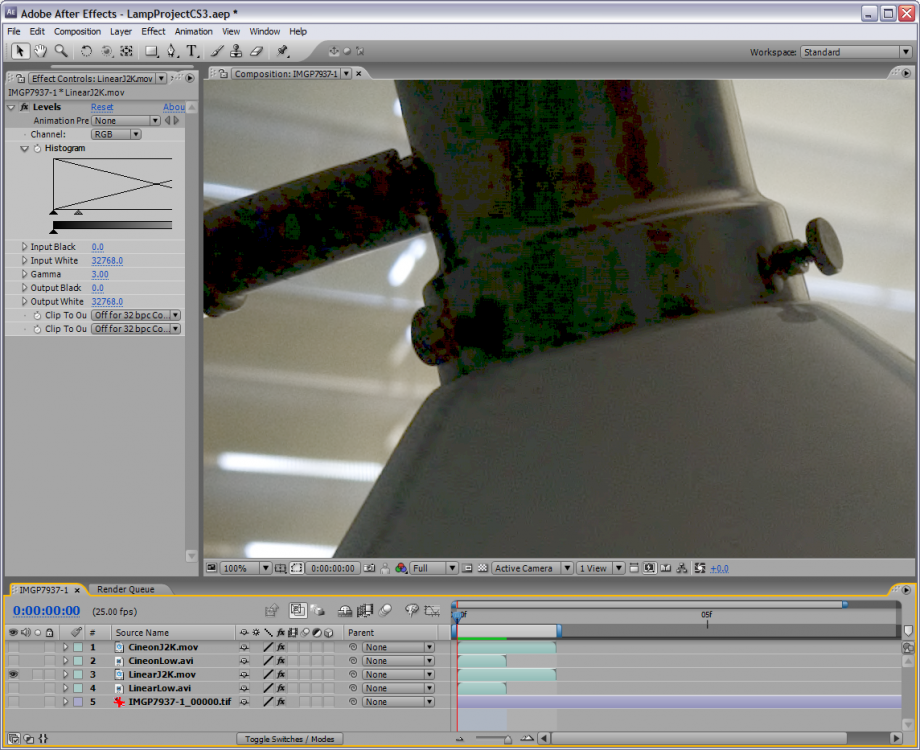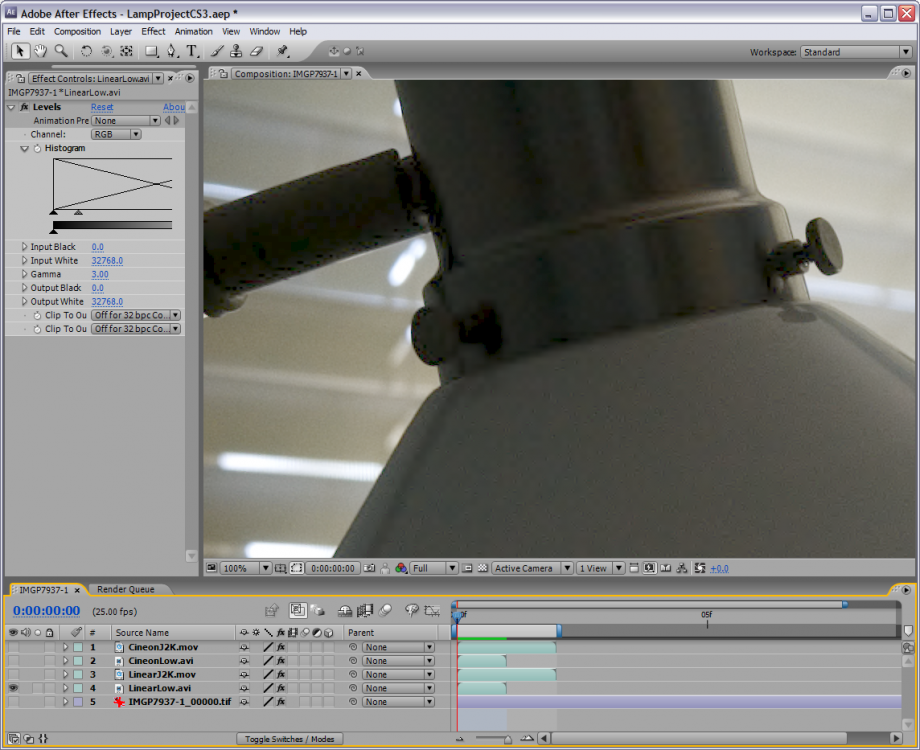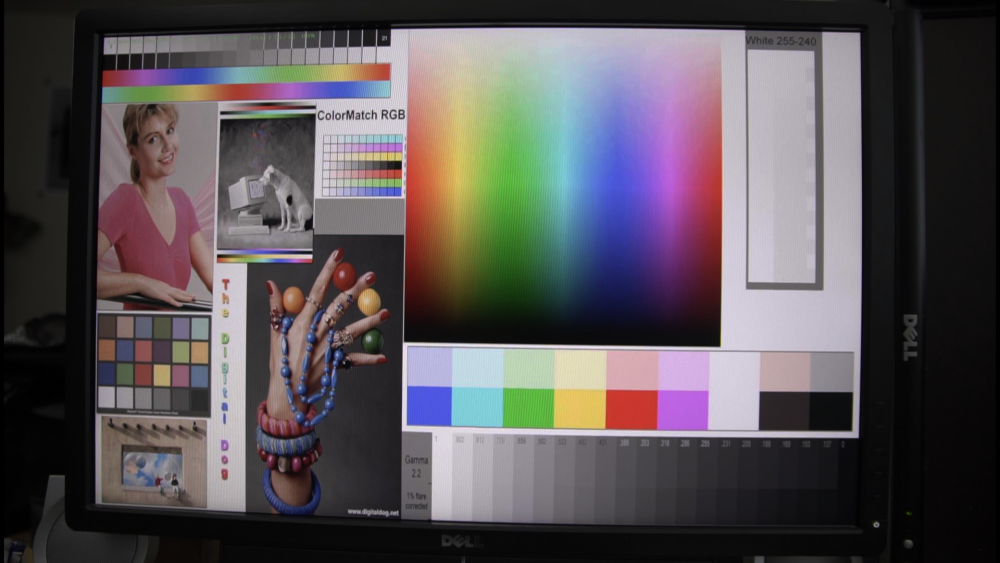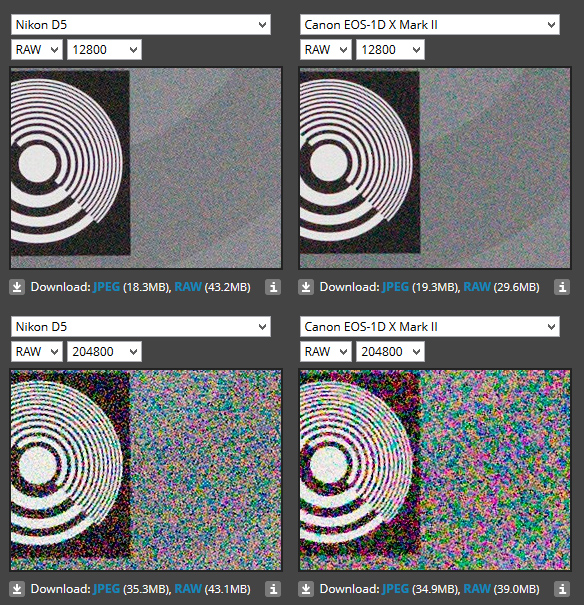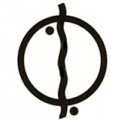Leaderboard
Popular Content
Showing content with the highest reputation on 07/18/2017 in all areas
-
Sadly the director on the feature film I worked on recently believed the exact OPPOSITE, and constantly wanted me to "hide" my boom pole and blimp.3 points
-
There is a curious paradox that you're experiencing there regarding acceptance of more overt activity that you would think would put people more on their guard but its often the exact opposite. Its a phenomenon that I experience a lot when shooting flavour stuff outside stadiums of spectators before kick off. My preferred way of doing it is using small mirrorless cameras as I can't stand people who ham it up when they see a chance to get in a newspaper and I much prefer candid shots. It has to be said though that people are far more on their guard if they see you pointing a small camera in their general direction as they think you are up to something furtive. This is also very much the case with security services who are now unfortunately part and parcel of major sporting events because of terrorism. So whilst we all want to strip everything down and not make a song and dance of our presence, it actually often pays to be less discrete as people just accept you must be doing something legit and authorised if you're wielding big stuff. Its counter intuitive to say the least but its definitely a thing. See also 'furry mic syndrome' where wielding a large Rycote encased microphone on a boompole is like some sort of magic wand that grants de facto filming permission in most public places3 points
-
Well not sure how this one made it under my radar, but it would seem that this thing is something of a breakthrough. The Light LT16 utilizes 10 lenses to take pictures and soon 4k video, and is the size and shape of a smartphone. The multiple lenses are at different focal lengths, and the camera automatically stitched the images together to yield an image that has more dynamic range and post adjustable depth of field. Lowlight performance is 10x that of smartphones. You can read more about it here. Oh... and it's been available since July 14th, 2017.2 points
-
Below are stills from a recent travel video I made. The video was shot on my nikon d5300 with a tamron 17-50 2.8. Everything I shot at 60fps slowed down to 23.976 for that cinematic look. But if anyone is curious on the results you can get from shooting in FLAAT 11 on Nikon below are some examples. I will say I've only had decent results shooting in good light. Secondly, I am no colorist and I was using an Osiris lut on this. I am trying to go for a very stylistic, miami/beach vibe. I was happy with the end result for a fun little travel video. I might post a link to the video but below are some stills. Curious to know your guys thoughts. Yes I know on the beach flat/color grade file I went a little overboard per the sky. Love the colors in that lut though... ---edit--- I realize these are not the sharpest shots but as I'm not sure if I can share this video yet due to family members being in it this is just some examples....2 points
-

Pro camcorders? They're pointless creatively.
BTM_Pix and one other reacted to EthanAlexander for a topic
So true. People have a natural tendency to think that if you're not making an effort to hide the fact you're filming on a big-ass camera, you must not be doing anything out of the ordinary.2 points -
Samsung NX1 - Post Your Latest Video
Kisaha and one other reacted to timmyturntable for a topic
Anyone else have any recent videos? This is on Gamma DR with a Nikkor 50mm 1.8 lens2 points -
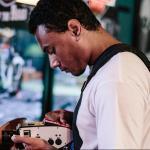
Are S-LOGS More Destructive Than They're Worth?
EthanAlexander and one other reacted to iaremrsir for a topic
I directly addressed the 8-bit H.264 log encoded footage. I already said detail in the lower end is more likely to be destroyed by heavy compression. That includes noise. They are getting a wider range of color intensities, but less color saturation when shooting a wide gamut color space. No, the effect of compression is not the same in both cases because that's not how compression works. If the image isn't identical, it isn't going to compress the same. I said that compression smooths noise and details in the shadows. A log color space image is less likely to have compression artifacts and the strange blockiness, and will look more natural and retain the structure of the noise. The noise before compression is going to be the same before compression, regardless of color space. Only after a destructive process, like compression, do things like noise change. There's no good or bad guy in this. It's just debate. The nature of the beast so to speak. I enjoy the mental exercise. Here are some color managed samples from Dave Newman of CineForm from a decade ago. These show the effects of compression for data in the shadows. And before you say standard profiles aren't linear, I know they aren't. But they are fairly similar once you get below 3 to 4 stops below middle gray showing single digits per stop and being below 16/255. This is an extreme example being the equivalent of 10-bit 4:2:2 50 Mbps H.264, except these are wavelet compressed and generally handle noise a bit better than DCT based codecs. Uncompressed Linear: Compressed Linear CF Low and Linear J2K: Cineon CF Low and Cineon J2K: And some reading on the benefits of log curves compared to power curves. https://cineform.blogspot.com/2012/10/protune.html https://cineform.blogspot.com/2007/09/10-bit-log-vs-12-bit-linear.html2 points -
Looks cool! Gotta love those Nikon colors. Btw, I didn't forget about the GX85 vs D5500 video... honestly I was bored by it. Simply put, the IBIS is good with the GX85, way better than I was able to get handheld with D5500. The GX85 has a more perceived sharpness by downscaling the 4K to 1080p ProRes before I brought it into FCPX but I also converted the Nikon footage to ProRes as well and it took the same amount of time to convert 45-50 Nikon h.264 files to ProRes as it did to downscale 4 4K GX85 to 1080p ProRes. Also, the Nikon files were easier to get a pleasing, simple correction/grade with and in the end, the colors looked better. So, if you want IBIS and 4K, get a GX85... if you want better colors and small files and really good 1080p... keep your Nikon, or upgrade to the D5500 for the Flat Profile. If you want the best of both worlds... minus the 4K... maybe look at the Olympus e-m5 mk ii.2 points
-

Are S-LOGS More Destructive Than They're Worth?
austinchimp and one other reacted to iaremrsir for a topic
Hi, I'm Eddie. I designed the Bolex Log color specification and the image processing pipeline for Digital Bolex towards the end of its production run. Also wrote the plugin that lets people process CineForm Raw color in Davinci Resolve as if it were DNG. And I'm not saying this to get into a pissing contest. I'm saying this as someone who is on the manufacturer side of things and has to know the ins and outs of the product and how it's used with other tools. Shoot 8-bit H.264 from a Canon C100 or any of their DSLRs for that matter, then compare it to ProRes recorded over HDMI to an external device. You'll often seen that the ProRes has more noise and fine details/texture. This is because H.264 smooths out the noise in camera and HDMI outputs uncompressed data. You're speaking as if the main reason detail is lost in 8-bit is that it's the log curve, when in reality, the main loss of detail has been heavy compression. I already agreed that using a log curve in 8-bit will redistribute code values so that more space is given to the mids and shadows, meaning less codes per stop when storing HDR data. We're not debating sensor data, otherwise we'd be talking analog stages, 16-bit, 14-bit, uncompressed. So, in this case, compression has everything to do with the image data. If you apply a logarithmic gain at the analog stage (ignoring the electron multiplying case), noise would be much higher than if you applied the log curve after digitization. It's not pretty. Definitely not philosophical in any measure. And these log curves can't pull data that isn't there. It's well known that using a log curve will boost the appearance of recorded noise in any bit depth, color space, etc. I'm not arguing that log fixes noisy data. I'm arguing that recording log allows you to record data in a way that keeps more detail across the range and expose in such a way that allows you to better minimize the appearance of noise in post (ETTR). Trust me, I let out a heavy sigh any time I try to see someone compensating for low light scene or poor scene lighting by recording log. I didn't say you said they don't. But you said professionals are lighting within 6-stop ranges. They have millions to pour into set design, lighting, and wardrobe. I was just pointing out the fact, that in spite of them lighting like that, they still shoot log or raw (which is later interpreted as log in the grading tool). Also, they're gonna be shooting 10-bit, 12-bit, and 16-bit more often than not, so they aren't worried about losing code words per stop, which takes away the main argument of using a standard profile. I didn't say you did. But it isn't nonsensical. Canon raw has C-Log applied to it before being sent over SDI to external recorders for being saved as rmf. ARRI, BMD, CineForm, all write their raw formats with log as part of the specification. While it's not the Cineon-type log they use, it's log nonetheless. But you can grade in a log color space. Hence Davinci Resolve Color Managed timeline and ACEScc/ACEScct. Whenever you grade on top of log image data, your working/"timeline" color space is log. This is where we get out of the realm of objectivity. Because there are technical trade-offs for both sides, it's up to who's shooting as to which is preferable. There is no clearly defined technical mathematical winner in this case (which is one of the reasons I'm happy I don't have to deal with H.264 compressed, 8-bit recorded data anymore). And I'm not saying there is one that checks all the boxes in this case. When I say "retain detail through compression" I'm talking about codec compression. Like I stated earlier, a standard profile combined with high levels of compression will reduce texture in the low mids and lows. It reduces flexibility and the overall naturalness of the image. That is an issue of grading, not the source material. When I grade log material, I have no issue getting thick colors from it. Again, log doesn't add noise. It just increases the appearance. Once the image is graded, the appearance of the noise will look similar to that of the standard profile, but the texture of the shadows will look more natural, especially in motion. But you didn't grade to match which means the higher contrast and extra sharpness of the standard profile will have increased perceived detail of the aliasing and text. And in spite of that, we can see that the aliasing that you point out in the standard profile is present in the log image! When graded down to match, you'll get similar, if not exact sharpness from the log image. The difference between the two being flexibility. I took the log one you posted and graded it down more closely to what your standard profile looked like without the boost in saturation and you can see the apparent sharpness is similar and the noise isn't as much as you were making it out to be.2 points -
Bro! That does look nifty! I was thinking something like that or a gorilla pod like every Youtuber and their moms use..1 point
-
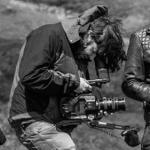
Pro camcorders? They're pointless creatively.
maxotics reacted to Oliver Daniel for a topic
I do like the FS5 and what it does. At the moment, it's playing 2nd fiddle to the A6500, as I'm using that on a Zhiyun Crane. As I'm now focusing a lot on camera movement, and with the fact I'm not going to be using the FS5 on a gimbal, I might have to concede that it's no longer the right tool for the job.1 point -
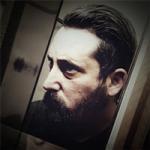
NX1 Film
ESGI Media reacted to Matthew Hartman for a topic
These images prove a few things about the NX1 and many cameras in general and I'm super happy you shared these to help me prove something I tell colleagues all the time. 1.) The secret to getting NX1 footage to look warm and or filmic to is first turn the sharpness down in-camera to -10. Samsung purposely uses sharpening algorithms in many of their products because their user research tells them that most people are attracted to it. It's the same for their tendency for bold contrast and saturation. While this is good for large screen 4k TV screens, it will make your footage look like video or broadcast quality. Even with sharpness essentially turned off, the NX1/500 image still is one of the sharpest images known to the entire industry. I implore anyone to test this assertion out against any Arri or RED. There are times I will even put a fast blur on my on my footage in Premiere at .25/.5 just to give it that "emulsive" look. Some people may find the sharpening in the NX1/500 a turn off, but personally I like having the latitude. You can always reduce sharpness but it's very difficult to add sharpness to blurred pixels. 2.) The art of lighting separates amateurs from professionals. The sets of images above demonstrate this beautifully. This aspect has very little to do with the camera, if at all. Lighting your scene should be part of the narrative. It should tell it's own story while being a part of the bigger picture. In the whole high ISO craze Sony introduced to the industry, I feel many cinematographers or videographers have gotten lazy or simply forgotten the art of lighting a scene. It's more than just about proper exposure. Darkness is as much a narrative as light. 3.) Composition and setting the scene. This not only includes principles like the rule of thirds, but also wardrobe and even actor's micro expressions. Even in these stills you still get a sense of the character's motivation and persona. Trust me, even the crappiest digital cameras today can technically produce a better IQ than film cameras of even the 80/90s, but that means nothing if there's no story and art direction. It's not really all about the camera. It's about the narrative and everything in concert that supports that, which the camera is only part of. I also wanted to add that no general audience would view this film (or stills) and think it didn't come from a camera the size and cost of a two-story house. If the movie is successful, the only thing they'll being thinking about is the emotional impact the story had on them. Good film quality is exactly what you DON'T think about.1 point -

Are S-LOGS More Destructive Than They're Worth?
mercer reacted to EthanAlexander for a topic
Great find. I owned an a6500 for like 3 weeks but never used it for a paid gig. I'll see if I have any footage I can dig up.1 point -
Are S-LOGS More Destructive Than They're Worth?
EthanAlexander reacted to mercer for a topic
Honestly, when I went with the 5D3, I deleted a lot of my test footage from most of my past cameras for the storage space on my drives, but I'll check to see what I have. Good idea. For some reason I thought it would have to occur in camera to have a positive effect. Thanks.1 point -

Are S-LOGS More Destructive Than They're Worth?
mercer reacted to EthanAlexander for a topic
Since banding is mostly due to color subsampling rather than 8 bit, I'd say yes, but it's worth testing. Can't you just take a sample you shot and remove the chroma to test?1 point -

Magic Lantern Raw Video
EthanAlexander reacted to Jimmy for a topic
@EthanAlexander The 4K one, 2 builds up from the one you just posted, is the only one I have recently tested... Fine in 1080/24p1 point -

Panasonic GH5 - all is revealed!
zetty reacted to AaronChicago for a topic
Yes there is a way. If you use the joystick you can highlight and change the numbers.1 point -
Question GH5 people. Maybe I'm just too dumb but when you mount a lens that has no electronic contacts, you get prompted to enter the focal length. Below that, there are 3 preset focal lengths you can pick via touch (24mm, 35mm, 50mm). Is there any way to customize these 3 preset focal lengths to show something different? I can't find how but it would be a big flaw if not possible.1 point
-

BMPCC 4K PL or EF
Michael Coffee reacted to IronFilm for a topic
If you're not rich enough to own a handful of PL lenses yourself, then don't buy it in the PL mount.1 point -
If you're looking for a cheap, small and ludicrously flexible rig solution then definitely check this out. Because it can be articulated in all directions you can make whatever you want out of it. What's interesting is if you make it be a shoulder mount you can lock it onto your shoulder like a hook.1 point
-
I don't think Nikon is struggling with their sensors, just DXO mark is very unreliable! For example, any sample image you compare between the 1Dx mk2 and the D5, the D5 starts with 1/3 advantage in noise at medium ISO values and improves with almost one stop at very high high ISO. If you do an average between those values the D5 is around half a better in noise department compared with the Canon, but DXO scores the low light performance of the D5 with almost 1/3 stops worst than the Canon (that's more than 2/3 stops worst than the camera really is). So are Nikon sensors bad, or just DXO measurements poorly made? The same thing appliers to the Nikon D500 sensor, Panasonic GH5 and a couple of other cameras that are underrated by DXO. Wen directly confronted them about the flawed I got a permanent ban on their site from the computer I was writing the observations (very curios).1 point
-

Magic Lantern Raw Video
EthanAlexander reacted to Jimmy for a topic
Why not keep that version on an SD, then try some of the new builds on a different one? The latest 4K build seems very steady with all the normal modes (1080/24p etc)1 point -
Yup, Nikon is one of the most fun little cameras to shoot with, but not a lot of people realize it. It has its quirks, but you get used to them fairly quickly. If you're content, then maybe a new lens is in order instead of a new camera? I've posted this before, but this was all handheld with my D5500, a 28mm f/2 lens and I just used my Benro Monopod with the ball loose and the feet pressed against my shoulder. I think a simple shoulder pod or something would work better but having that extra point of contact was helpful. I think Edelkrone makes a Pocket Rig that is real small that has a chest/shoulder pad. It's kinda long and boring, so you can just scrub through it in a few spots to see the steadiness... of course it helps that I shot it in 60p as well.1 point
-
Appreciate it mercer! Honestly, I was really impressed by some of the shots I got in this video. Hopefully I can share it if so I'll post a link. I was renewed shooting with it for a week. With a little practice and some warp stabilizer it's not impossible to get a decently steady shot on this. Just takes more effort!1 point
-
It only takes this guy five minutes to build one. What could possibly go wrong1 point
-

Pro camcorders? They're pointless creatively.
IronFilm reacted to EthanAlexander for a topic
FS5. No joke. The electronic variable ND, S Log view assist, tilty/flippy LCD + tilty EVF, top handle, side handle, a bunch of customizable buttons... I spend less time figuring out HOW to film and more time on WHAT. Selling up to what? Also, couple questions: What about the 4K/60 and 120- have you tried it? I'm about to have a sports client and that 120 burst seems mighty enticing because we can pull stills for social media and website. I'm guessing that you're delivering at 1080 if you're saying that the 4K ProRes is only slightly better - Am I wrong? I've been debating if it's the time to get the raw upgrade and everything I've seen on YT/Vimeo seems like it's a win, so I'm curious why you're not impressed. Oh, and what's the data rate of the cDNG?1 point -
Interesting idea, however I doubt very much that this is something like transplant & play. Normaly, such cameras have specific designed PCBs - long story short: I dont think you will get there easy.1 point
-

5d Mark iii ML Raw or Gh5?
IronFilm reacted to hyalinejim for a topic
Actually, the GH5 has better high ISO performance than 5D ML - about a stop better at least, I would say. I'd hesitate to use 3200 on 5D but have no qualms with using 6400 on GH5.1 point -
Maybe buy this and see if you can do a transplant? http://www.ebay.co.uk/itm/Sony-16-50mm-f-3-5-5-6-PZ-Power-Zoom-E-Mount-Lens-SELP1650-/192245832173?epid=136951969&hash=item2cc2be99ed:g:290AAOSwvc1ZZiio >>>>> EDIT >>>>>> OK, maybe not that exact one as it seems to have an electronic fault which is precisely what you don't need ! But what I mean is the dirt cheapest functioning e-mount you can get to act as the host for the optics.1 point
-
You can get the D750 now in the UK for under 1000 on ebay. I think it's quite a bargain at that price, probably as good as the 5D4 (for stills) to most eyes.1 point
-
Have you activated the webcam on my macbook??? I do have a D500 and it is literally in my hand as I'm reading this as I'm unpacking everything at my hotel for this tournament. (52 kilos of equipment, 1 kilo of clothes ) I don't have much in the way of short glass with me in Nikon mount so with that 2x crop I could do you a few shots of the moon. I think I have an old manual 24m in the bag so I could sort something out for that. On the upside, this promises to not exactly be a thrill a minute three weeks (and I've got a lot of gear with me for various reasons) so I am able to give you comparisons against : Fuji X-T2 JVC LS-300 Panasonic GX-80 EOS-M RAW *not 4K obviously and I'm presently starting at menus on it like a labrador trying to work out a card trick I've got enough adapters to use the same lens on all of the cameras and if Nikon are at the tournament then I can loan some short stuff off them. So, take your pick of subject from windmills, clogs, cheese or interesting coffee shops. EDIT >>> I've found it. Its a 28mm1 point
-
http://www.eoshd.com/2017/01/opinion-dxomarks-camera-scoring-makes-zero-sense/1 point
-

Are S-LOGS More Destructive Than They're Worth?
jonpais reacted to EthanAlexander for a topic
^That's the most informative post I've seen in a very long time, @iaremrsir1 point -

Are S-LOGS More Destructive Than They're Worth?
jonpais reacted to EthanAlexander for a topic
The misunderstanding is from a misalignment of ultimate goals: I think you're just going about this as "how do I get the most saturated, punchy look?" in which case you can't really beat shooting a standard profile. But to my eyes, the last one of your examples looks like shit, and my goal in filming is rarely to make people's eyes bleed with color like that. I'm being hyperbolic here, but really it's a matter of goals, and that's why people are disagreeing with you, @maxotics. Feature films don't look like rec709. They just don't. A lot of this has to do with the fact that movies are NOT supposed to look like real life. There's an art to how the colors of the set, wardrobe, lighting, and color grade create feelings, and S Log and wider color gamuts allow for this creativity whereas shooting a standard profile will make it look like a live TV production.1 point -
Could you please upload this image somewhere? i wanna try the same thing like you did. I think your SLOG grade is off, im curious if i can match exactly to normal profile then can i see any difference? if your explanation is correct we must see huge difference in tonality if the slog is perfectly matched to standard. But i think there wont be any difference, we will see.1 point
-

Why You Suck at Editing
Phil A reacted to fuzzynormal for a topic
Not me. I'm brutal and discriminating to all footage. Don't care where it comes from or who shot it, me included. If I'm not willing to cut, then I'm not editing.1 point -

Pro camcorders? They're pointless creatively.
Amro Othman reacted to Oliver Daniel for a topic
Nice vids from the archive! I'm the same, I don't like rigging up my cameras. I want them as bare bones a possible. Some of the FS5/7Q rigs I've seen are like houses, not my kettle of fish. Yes, I have an Inferno but I can't find an ergonomic way of mounting it on the camera. So I just run it off the SDI and let the other guy hold it for monitoring. Recently, I shot a music video on the A6500 with this criteria, to see what would happen: Completely handheld. Only A6500, 18-105mm gear used. No lights, No grip. Nothing. Autofocus only. Mostly 4k, and some 100fps. At the time, I had an FS5 in the bag too with a bunch of Sigma lenses. Didn't use them. A6500's dim screen and rolling shutter was annoying, but I got round it.1 point -
1 point
-
Here's a project I just finished shooting. I tried playing around with some different settings than I've used in the past, and I'm pretty pleased with how the color came out in a lot of the shots. The whole thing was shot on a bitrate hacked NX1, almost entirely in 120p, with the NX-L speedbooster and Rokinon 50mm T1.5 used for most shots, though there are a few shots with the Roki 85 and Sigma 18-35 as well. All the gimbal shots were the NX500 with a Rokinon 12mm on a Zhiyun Crane.1 point
-
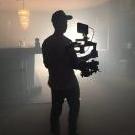
GH5 Film - "IN HAITI"
Phil A reacted to genodimaria for a topic
Hey all, just joined the forum and am excited to spend more time in this community. I recently finished up a film called "IN HAITI" that was the first project I shot on the Panasonic GH5. I absolutely loved the camera, especially the improvements over the GH4. I wanted to share it here and get people's feedback since it's still a relatively new camera, and if anyone has any questions I'm happy to talk about what I did and what my experience was using it. I shot in vLog at 3840x2160; a few shots were captured in 1080 at 180fps. The film was graded with FilmConvert. As I said, I loved shooting with the GH5. I'd been considering several cameras, such as the FS7 and C300MKII, before pulling the trigger with the GH5, and have no regrets. In my opinion Panasonic really pays attention and they made very smart and necessary upgrades with the GH5.1 point -
Those small full frame bodies with big front heavy Canon/Sony/Nikon full frame lenses are a nightmare. Some times small is good, but sometimes small is bad. Even Panasonic went out of its comfort zone to produce a truly great "pro" camera, this GH5 is BIG (and relatively heavy). More space, bigger batteries, better heat sinks, more buttons, better ergonomics, more reliable - hassle free machine. There will be a Sony dSLR like mirrorless soon-ish, some things are tested through decades, and work for more than one reasons, evolution is good, but evolution is to take the good things and move' em forward. Low light is great, but it isn't a panacea to everything but most people use it as an excuse for cuts in technicians, equipment, procedures. Video is not a lonely sport, it isn't photography. Also, IBIS is not a panacea either!1 point
-

A7SIII (and why you should wait before buying GH5)
zerocool22 reacted to TheRenaissanceMan for a topic
Extreme low light is a great reason to pick Sony. For 98% of shooting, that advantage holds little allure for me. Thus, I continue to wonder what advantage Sony holds for that vast percentage of shooters that don't need crazy ISOs.1 point



